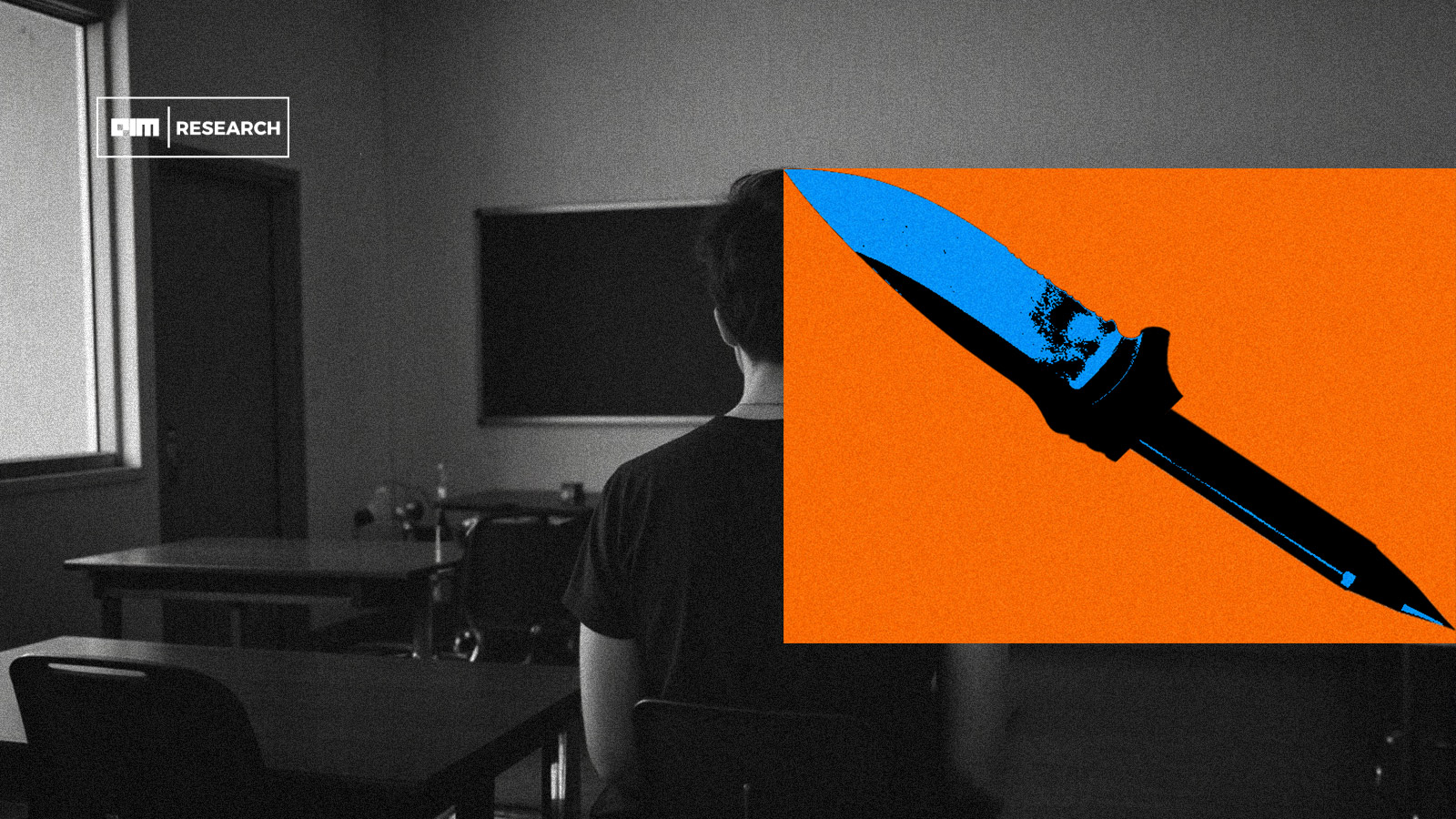
While Everyone’s Ghibli Worked, the White House Ghiblified Into Controversy
- By Anshika Mathews
- Published on
The viral trend itself has raised broader concerns about AI, creativity, and digital privacy.


The White House’s attempt to tap into internet culture has backfired spectacularly. When it released a Studio Ghibli-style photograph of Virginia Basora-Gonzalez, a convicted fentanyl dealer and unlawful migrant, crying upon her arrest by Immigration and Customs Enforcement (ICE), the response came quickly and strongly. What had seemed to be meant as an attention seeking photo turned into a spectacle of outrage, propelling debate on the issues of governance, morality, and the absolute absurdity of modern political messages.
https://t.co/PVdINmsHXs pic.twitter.com/Bw5YUCI2xL
— The White House (@WhiteHouse) March 27, 2025
Social media has been flooded in recent weeks with AI-generated Ghibli-style images, as OpenAI’s latest ChatGPT update allows users to turn any photo into the distinctive aesthetic of the legendary Japanese animation studio. Celebrities, influencers, and politicians have joined in, using the trend to create whimsical versions of themselves. But when the White House decided to use the same technique on an image of a criminal arrest, it ignited a firestorm of criticism.
While others called it “embarrassing and shameful,” while some argued that this kind of presentation trivialized serious law enforcement actions. Even those with no strong stance on immigration policies were disturbed. One commenter noted, “I don’t care if you’re a Republican or a Democrat or if you oppose immigration or support it, this is not the behavior of responsible adults who are charged with the nation’s well-being.”
Beyond the political outrage, there’s also the question of artistic ethics. The late Isao Takahata and Studio Ghibli co-founder Hayao Miyazaki built their legendary animation house on a foundation of meticulous hand-drawn animation, a deep reverence for nature, and strong humanist themes. Miyazaki has been widely opposed to corporate use of his work. He even avoided attending the 2003 Academy Awards, where Spirited Away won Best Animated Feature, since he did not want to visit a country that was bombing Iraq. Seeing his signature style employed in an ICE arrest notice feels like an accidental disrespect to his memory.
The viral trend itself has raised broader concerns about AI, creativity, and digital privacy. OpenAI has actively encouraged users to experiment with its Ghibli-style generator, with CEO Sam Altman himself changing his X profile picture to a Ghibli-inspired portrait. However, digital privacy activists warn that OpenAI could be leveraging this trend to collect vast amounts of personal images for AI training. The main concern is that while OpenAI must justify scraping publicly available images under GDPR’s “legitimate interest” clause, voluntarily submitted images from users bypass those legal barriers entirely. This has sparked warnings that users are unknowingly feeding OpenAI fresh, high-quality facial data that could later be used for AI development without proper consent safeguards.
The discussion extends beyond OpenAI. Elon Musk’s xAI has also jumped on the Ghibli bandwagon, integrating a similar feature into Grok 3, allowing users to generate Ghibli-style portraits for free. Musk himself couldn’t resist taking a jab at OpenAI, posting a meme of Anakin Skywalker and Padmé from Star Wars, with the text implying that instead of focusing on curing diseases or solving real-world issues, tech companies are pouring resources into AI-powered aesthetics.
Despite the enthusiasm for these AI tools, the technical burden has been immense. The surge in demand for Ghibli-style images overwhelmed OpenAI’s infrastructure, leading to server strain. Altman himself admitted that his team was struggling to keep up, posting, “Can y’all please chill on generating images, this is insane, our team needs sleep.”
can yall please chill on generating images this is insane our team needs sleep
— Sam Altman (@sama) March 30, 2025
He later elaborated on the pressure, stating, “We just haven’t been able to catch up since launch so people are still working to keep the service up. Biblical demand, I have never seen anything like it.” This echoed his earlier reflections on ChatGPT’s initial launch, where the company gained a million users in five days. However, this time, OpenAI hit a million new users in just one hour.
the chatgpt launch 26 months ago was one of the craziest viral moments i'd ever seen, and we added one million users in five days.
— Sam Altman (@sama) March 31, 2025
we added one million users in the last hour.
Meanwhile, ICE officials defended their actions. Brian McShane, acting Field Office Director for ICE’s Enforcement and Removal Operations in Philadelphia, emphasized that the arrest of Basora-Gonzalez was part of their commitment to “protecting our communities from criminal aliens who engage in serious illegal activities that pose a threat to public safety.” Basora-Gonzalez had previously been convicted of fentanyl trafficking and deported before being arrested again in Philadelphia for allegedly attempting to reenter the U.S.
The dispute also raises a larger question about how internet trends influence government messages. The White House’s decision to use a viral AI aesthetic in a post about law enforcement raises questions about the intersection of politics, technology, and internet culture. When government agencies adopt the language and style of social media trends, they risk trivializing serious matters. While some defenders of the White House argue that it was merely attempting to engage with the public in a format that resonates with younger audiences, critics see it as an inappropriate and tone-deaf move that reduces real-life criminal enforcement to an internet joke.
The Ghibli trend, much like AI-generated art itself, has exposed deep divisions in how society views technology’s role in culture. While some embrace it as a fun and harmless creative outlet, others warn of the ethical dilemmas and unintended consequences. The assumption that innovation must happen without consent, that creators are resources rather than partners, and that criticism is irrelevant unless it threatens the bottom line is what fuels this cycle. But technology is shaped by the choices of those who build it. OpenAI didn’t have to train models this way, just like Tesla didn’t have to tie itself to toxic politics.
📣 Want to advertise in AIM Research? Book here >
Cypher 2024
21-22 Nov 2024, Santa Clara Convention Center, CA
A Vendor Briefing is a research tool for our industry analysts, and an opportunity for a vendor to present its products, services and business strategies to analysts who cover the vendor specifically or a related technology or market.
AIM Research encourages technology vendors and agencies to brief our team for PeMa Quadrants, when introducing a new product, changing a business model, or forming a partnership, merger, or acquisition.


